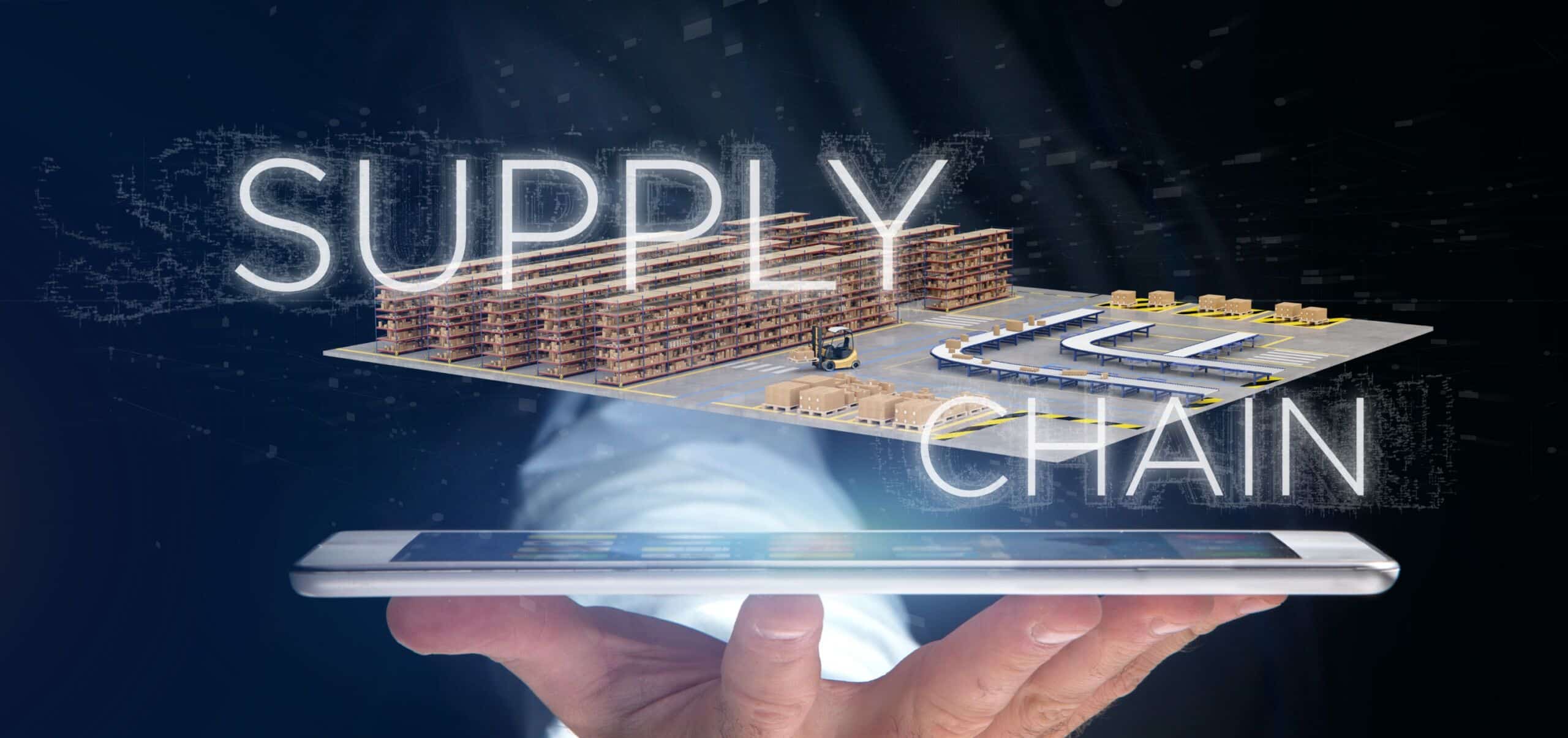
Why Supply Chain Transformations Fail
Introduction
Supply Chain transformations fail because of poor planning. That’s the most succinct and oversimplified way to put it.
Historically in large and small companies, change and transformation were viewed as a periodic event. In many cases, businesses did not place a special focus or dedicate resources to manage the change as a structured event. Instead, they would muscle in and reactively deal with the impacts, issues, and challenges. In a few companies, an effort was made to intentionally deal with the change, invest in resources and skill sets to do it well. For those companies, the chance of successfully navigating a change rose dramatically. For most of them the intent would be to get through the change and move the focused resources on to something else or out the door.
A new view of the world suggests that change and transformation are no longer an event that requires periodic focus. Rather, we are in for a reality of constant change and need to pack the gear for a long journey.
Death, taxes, and change: All the constants in life. We might also want to add supply chain disruptions to the list. Climate change, geopolitical disruptions, artificial intelligence and automation, and consumer demand fluctuations impact supply chains first, requiring a supply chain transformation process. Adapting to these changes while accommodating an evolving labor market requires change and supply chain transformation. Organizations need to be agile and implement flights to quality, where prudent. However, agility and quality don’t simply happen. It requires vigilance, processes that deliver, and a willingness of leadership and the front line to build and maintain trust in a two way relationship. And that’s just the beginning. We’ll explore why supply chain transformations fail and why companies can’t afford not to consult change management experts as we face shrinking supply chains, geopolitical upheaval, climate crisis, and sustainability practices which force change.
Examples of change that needs to happen/Factors affecting change in supply chain
Working in supply chain at any level requires the need to control for constant disruptions. Serving consumers means that things are constantly changing. The muscle behind change is not periodic; it’s constant. It never goes away. Supply chain management includes transformation strategies, more now than in the past. Here are a few examples of change that needs to happen, moving forward:
Increased need for sustainable and greener supply chains
Like it or not, the reliance on fossil fuel has a finite timeline. Regardless of one’s stance on the polluting effects of petroleum, there’s only so much of it remaining. It is also less and less viable to continue refusing cleaner and more efficient energy sources. Large nations like China are investing heavily into clean energy practices requiring subsidiaries and those doing business in the region to work within or around said practices.
Currently China invests four times more than the United States into clean energy. These investments include solar and wind energy, electric vehicles and batteries. These reduced carbon footprints drive change in shipping and transportation costs.
So, it stands to reason that managing change around this crucial variable of energy types and energy use will be required. This might be the most major transformation confronting supply chain organizations from a personnel and cost standpoint over the course of the next decade. This train has left the station and even if you choose not to board at this time, it is likely some of your consumers, customers and suppliers are already on it. It will change your business even if you try to ignore it. It would be wise to begin practicing incremental change or managing transformations on smaller scales in order to be able to better adapt to the large-scale buy-in required for such a seismic shift. Ask yourself if you have an adequate supply chain transformation process in place.
Tech automation/evolving skill sets
The sudden and rapid proliferation of technological advancements touches every aspect of our lives. Think about it this way in supply chain: Suddenly, everyone, and I mean everyone had a smartphone. iPhones went from being a luxury item to industry standard. This fluctuation in consumer demand also created needs. The world was becoming more digital.
Who did this impact first? That’s right. Supply chain folks.
Consumers instantly demanded smartphone technology to be more readily available. This revolution in digital demand became widespread and began to impact the world of retail and ecommerce. These demands created a need for supply chains to make adjustments. The digitization came to these disciplines as well. So, not only did consumers demand more technology but supply chains needed more technology and digital innovations to streamline and track inventory demands and fluctuations.
The above is a slight oversimplification but it translates the ubiquitous nature of rapid digitization and the requisite adjustments that have to be made in order to adequately meet the need while maintaining profit margins.
Today’s supply chains are leveraging digital, some more than others, some better than others. The most profitable organizations have been able to remain agile in their innovations, and able to pivot faster than others. As important, employees, both knowledge and front line workers are starting to choose where they work based on the level of technology, analytics , and tools that make their work easier. Employers of choice are winning with digital – and most especially digital supply chain transformation strategies. Creating these competitive advantages to keep pace with change is the ability to properly institute change, from the front lines to the c-suite.
Evolve and Change in the Right Way or Supply Chain Transformations Fail
Change will happen to you unless you decide to drive it in the way that you wish to evolve. Doing this right requires a clear and unified vision for the specific and desired change or transformation. These objectives should be very clearly laid out early and often.
Find the Snake Killers and Maintain the Team
In addition to clarity of objectives and outcomes, people managing the change will make or break the transformation.
Start with the experts. There is a proven science to these processes. Identify subject matter experts who can help shepherd the change. Once you have them in place, get buy-in from the rest of the team. Transformations will be taken as far as the front line workers are willing to take it. We all work for “I, Inc.” so establishing collective buy-in ensures a greater chance for success. This understanding can be crafted by the change leaders or the c-suite. Keep this team together and or rotate players into and out of this organization as a career accelerator. But don’t disband this bunch. These pros can also refer you to the best supply chain recruiters who can help backfill for these roles once the change is up and running.
Identify Obstacles to Change
Failing to forecast where things can go wrong – and planning accordingly – will cause supply chain transformations to fail. Part of finding these obstacles includes the following:
2- Creating a culture of change that encourages red lights to be reported. You’re only as good as your front line employees. If they’re not comfortable reporting bad news up the chain, failure could be imminent. By the time it reaches decision makes, it could have gotten to an irreparable – or very expensive – point.
3- Pacing issues can impede a transformation. There is a natural tendency to go fast. But, it’s best to go slow early and get it right. Failing to adequately address problems in an ongoing manner can create some pacing issues. It’s imperative to stay at the first place until you get it right. Then you can leave that trouble in the past. Otherwise you choose carnage over a successful implementation. Pacing also includes not burning half the money in the first six months. Pay as you go so you keep the CFO happy and have enough food and water for the journey.
Things will be happening in multiple places at once. Understanding this before launch will help to account for these chaotic moments. As they say in the military, “slow is smooth and smooth is fast.” Do it right the first time and avoid the carnage. Get the first implementation stable before moving on.
What is the Why?
Remember, this article is about WHY change efforts and transformations fail. Unless you’re intentional about the sources of value in the process of redefinition and work simplification, it will fail. Ask yourself how the work is changing for people? Who is impacted and why is it ultimately a better way of working. Clearly outline the intended consequences and outcomes. If you don’t do this, growth will be met with perceived anxiety and concern. Also, identify where the unintended consequences could occur and who they may impact. In many efforts, the risk of the unintended can rise to the level of the benefits of the intended consequences if not addressed head on.
What is the why? If this question is not addressed throughout the chain – up and down the ranks – change likely will fail. By clearly defining the purpose and outcome for every stakeholder, chances of success increase dramatically.
Caution on Approach
There’s a lyric by Robert Hunter about exceeding one’s capacity: “Maybe we had too much too fast.” This is not a bad rule to apply to transformations and change management.
Identifying where there is and isn’t capacity will help you to avoid transformation failures.
Pull everyone forward at all times. If necessary, bring people from other sites to aid in expanding capacity. Operations have to continue while capacity is built and change is being implemented. Donuts still have to be made. So pull people from other sites or hire temp folks, contract staffers or even interim leaders and fractional consultants to get things done. It’s not acceptable to simply say “just do more” to your team.
Build and Execute the Right Project Management Office (PMO)
Effective project management and execution are critical to a successful supply chain transformation journey. Implementing a disciplined Project Management Office (PMO) and process can make all the difference.
- Build regional and not global resources.
- This helps strike a balance between headquarters and field operations.
- Have a separate team to deal with backlog as the core team continues transformation implementations.
- Core team has to move on.
- If your change is center-led, be sure that your timeline is also built out from the center.
Failure Mode Effects Assessment (FMEA)
Failing to plan for failure could lead to the failure of your transformation. Seriously. This might sound convoluted but there is sound logic here.
By applying a FMEA, you’re essentially preparing for the worst. This method helps to forecast the gaps and create contingencies. It’s important to know the ways in which things could fail and the requisite consequences. Nothing goes right the first time, and sometimes not even the second. Variable change within supply chain organizations is constant. Think about it: You’re trying to implement large scale organizational transformation within something that spans the globe, multiple language barriers and cultures, climates, hemispheres, and geopolitical upheaval. Again saying nothing of ever present and ever fluctuating consumer demand which could undo the change in an instant!
FMEA is a military tactic used by logisticians who couldn’t afford to fail and not have a back up plan.
Sink or Swim with Leadership and Communication
The top folks need to be able to hear the feedback from the front line. Plain and simple. This shouldn’t have to be said, but these transformations fail all the time because leadership is not adequately receptive to negative results OR there wasn’t a mechanism to inform team leaders.
Leadership is essential throughout the chain. Those designing and deploying the plan need to lead with properly communicated outcomes and impacts. Procuring buy-in is the most early communication point. However, there are leaders everywhere, from middle management to the front lines. Anyone who takes a stand is a leader.
There has to be a delicate balance between operational results and slowing things down because front lines say things aren’t working. Typically, there’s a functional middle ground. But leadership and communication is absolutely essential to figure out the root and solution to the problems as they arise.
The Toyota production system relies upon people on the front lines “showing me the reds.” This means BRING THE PROBLEMS TO LEADERSHIP NOW. Don’t wait. Leaders need to be able to “calm the troops” and ensure that help is on the way.
Leadership means both being willing to identify problems and creating a pathway and the ability to elevate those problems without front line workers fearing the repercussions.
Conclusion: Do it BETTER the first Time and Overplan
The overall infrastructure of the world is going to have to evolve – and much of this evolution lands in supply chain. This is not your grandfather’s supply chain. The chaotic and fluid nature of the disciplines change at a frenetic pace and are further disrupted by furiously impactful externalities. We are entering a space where the muscle behind change is not periodic. Change is not going away. It then stands to reason that maintaining your competitive edge relies on your supply chain organization’s ability to design and implement change. The work must continue to be done. But, you’re going to have to pivot and in order to do so successfully. Intentionality and communication have to be in sync. Supply Chain Transformations fail all the time because people in leadership positions don’t lead properly and true leaders aren’t properly empowered. Make a plan and plan for it to fail and then make a plan for the failure. While you’re at it, tell your team up and down the line how a plan could fail and the unintended consequences it could have. That’s after you’ve established the buy-in and been crystal clear about outcomes.
The best plan is to trust your transformations to professionals. Get the snake killers.
One final point, there is seldom enough time and money to do it right the first time, there is always enough time and money to fix a change that has run off track.



